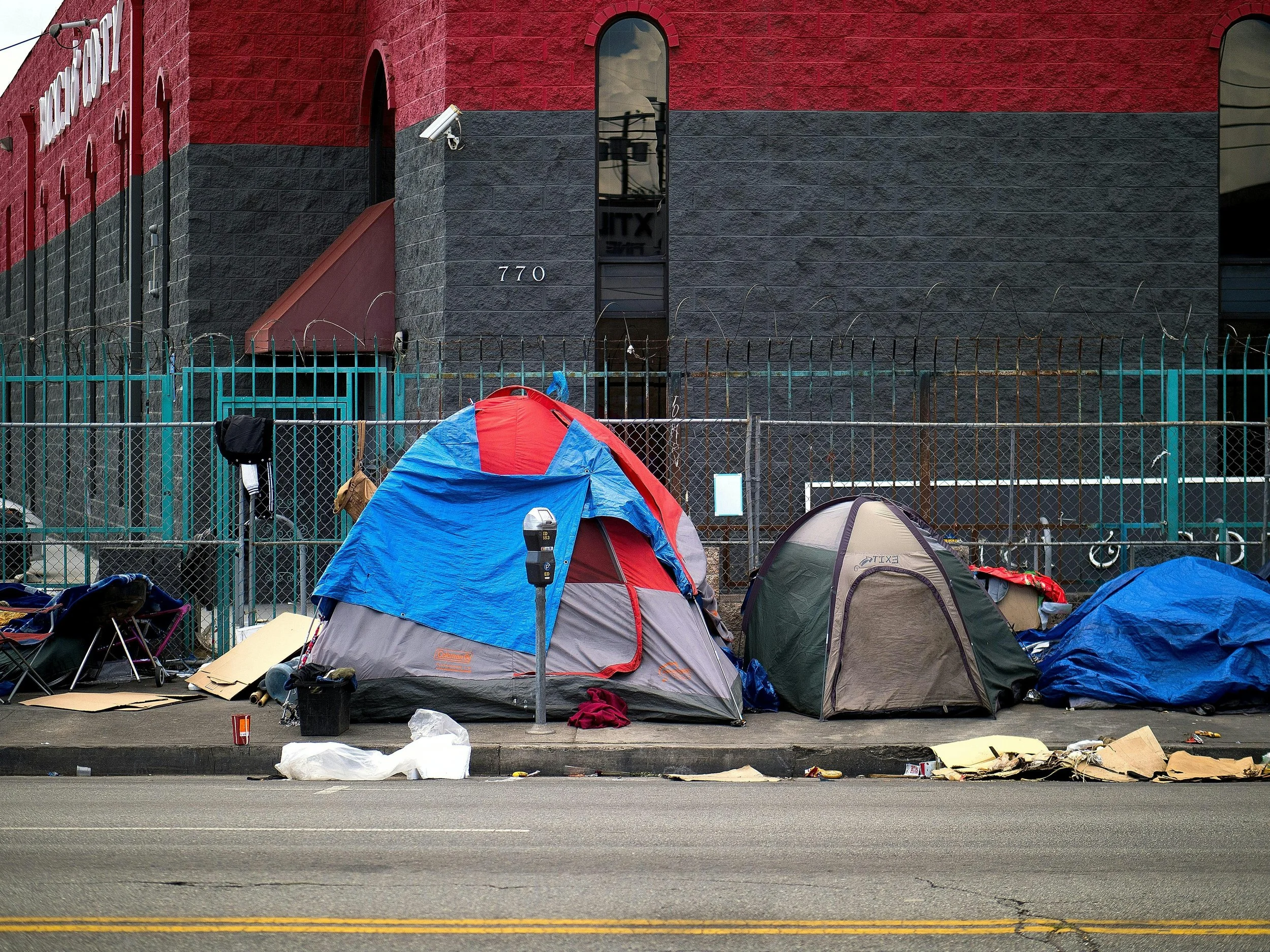We’re Taught to Ignore the Homeless: Reading Their Stories Can Change How We Act
Undoubtedly, we are accustomed to ignore the homeless, taught to see their lives as naturally erasable, as we are conditioned to walk past them on the streets and feel minimal emotion. To see them as non-human.
In prep week, we were told by a police officer that giving money to beggars would only contribute to a drug problem. Bus stop seats in the UK are designed to prevent the homeless from staying overnight. Recently, metal studs were placed outside a block of flats in London to prevent anyone sleeping in the surrounding alcove. To re-condition ourselves, and put empathy at the forefront of our behaviour towards the homeless, reading stories that centre their narratives is a good place to start. Through reading books that are told from the eyes of a homeless protagonist, we can rehumanise them and ultimately change our behaviour toward them.
Personal narratives help show how when people face these difficulties, through no fault of their own, the experience of homelessness can induce feelings of shame. ‘No Fixed Address’ by Susan Nielson tells the story of twelve year old Felix and his mother who live in a van. Readers witness the lengths Felix will go to ensure no one finds out that he’s homeless, including his best friends Dylan and Winnie, because his mother, Astrid, fears that Felix will be placed in foster care. Astrid distrusts the systems that govern her and dreads asking for help. She’s desperately trying to prevent the breakdown of her family, something all humans empathise with. She considers herself a failure, ashamed for not being the mother Felix deserves, and for the mental health difficulties she faces. It’s stories like these that re-centre the homeless as human, people who have been dealt a bad hand, rather than the aliens we see and avoid.
Through these narratives we are made to see how the experience of homelessness alienates and ostracizes people from mainstream society. In the ‘Family Under the Bridge’ by Natalie Savage Carlson, elderly Armand befriends three children and their mother who have ‘stolen’ his home under a bridge in Paris. When Armand finally earns some money and attempts to bring food back for the children, “he had to show his money” before the worker would make the food. The story highlights that it isn’t easy for the homeless to start a ‘normal’ life; they are treated as outcasts, untrustworthy, and made to feel like they’ll never be able to integrate back into society. The theme of alienation is present in many of these narratives, sometimes pushing people into anti-social behaviours - behaviours that wider society cruelly sees as justification for people being homeless in the first place. In ‘No Place Like Home’ by James Bird, the main character, Opin, has an older brother named Emjay, who fits the stereotype of the ‘angry homeless’. He disappears for days, prevents his mother from getting a job, and gets into violent fights. But reading the story of his life, and noticing all the things he’s deprived of as a teenager, things most take for granted, his frustration is understandable. We see why he might believe surviving means using violence to get his way.
An important aspect to consider when reading stories about the homeless are their ethnicities and nationalities, and how their backgrounds unfairly impact their ability to receive help. In ‘No Place Like Home’, Opin and his family are Native Americans. The author makes a clever choice to equate social services to “the cavalry”, referring to the colonial forces that removed the indigenous, (i.e. Opin’s ancestors,) from their homes. This text informs our understanding of current events, as recent news stories show how homelessness can be a greater risk to minority ethnic groups. In the US, some minorities fear that talking to homeless shelters, charities or social services will risk their immigration status in the country. Recently, ICE raids have been dominating headlines, with the Trump administration’s second term seemingly prioritising deporting immigrants who have “committed serious crimes” since arriving in the US. However, according to the agency’s own report this September, the largest group of immigrants arrested and currently detained by ICE are people with no criminal record at all. Therefore, we cannot blame the homeless for refusing centralised assistance without considering their understandable apprehensions.
Whilst fiction can be a crucial tool in spreading awareness about these issues, books don’t always get it right. In ‘No Fixed Address’ readers are critical of the constant refrain that Astrid could have gotten her family out of poverty if she could just pull herself together, overcome her mental illness and “stop being a twit”. But Astrid’s mental health is complex and understandably, as with all humans, out of her control. The expectation placed upon the homeless to ‘pull themselves together’ and ‘just get a job’ is unrealistic and unwarranted. In ‘Family Under the Bridge’, Armand is presented as a man who could get a job if he wanted to but is too lazy to do so. At the end of the book, he decides he wants to provide for the children and easily finds a job as a housekeeper. This was a point in the story when I was reminded that books can often be outdated and idealistic. In 2025, unemployment is very rarely from lack of trying and caused primarily by the dwindling job market and wider economic collapse. Homelessness cannot be on the rise simply because of ‘laziness’.
The negative stigma on the homeless means foregrounding and recognising their stories is more important than ever. Through volunteering in a Cambridge food kitchen you can talk to the homeless as people rather than aliens and help address a crucial human need. By donating non-perishable food or old clothes, you can help reinstall a sense of dignity for those who feel ashamed and humiliated. Despite their potential problems, reading books on homelessness with an open mind can help us emotionally reconnect with these forgotten faces. Tackling homelessness requires unlearning how we are taught to ignore the most in need. While this is a difficult issue to approach, this does not mean we should not try.
If you wish to help those experiencing homelessness, please follow these links:
It takes a City: Crossways - Emergency Winter Accommodation Volunteering

